Akara’s are predatory cichlids native to South America. They are distinguished by their striking beauty, but at the same time, they have large body sizes and pronounced territoriality. The latter qualities determine the need for careful selection of neighbors since not every species will get along with them in the same aquarium. Do not forget that to keep several fish of different species, you will need an aquarium of the appropriate size.
Compatible fish species
Tsikhlazoma severum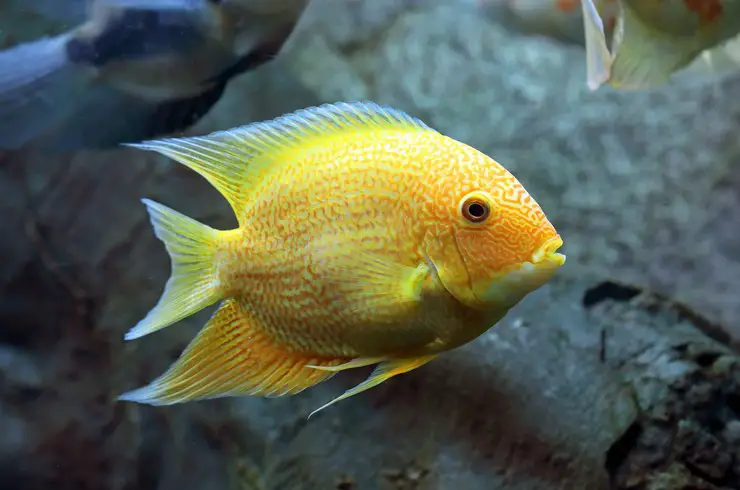
The popular cichlazoma severum gets along well with commensurate cichlids, including cichlids. Both fish live in South America, so the comfortable water parameters will be similar. Severums guard their territory zealously, so take care of dividing spheres of influence in the aquarium with decorations.
Red parrot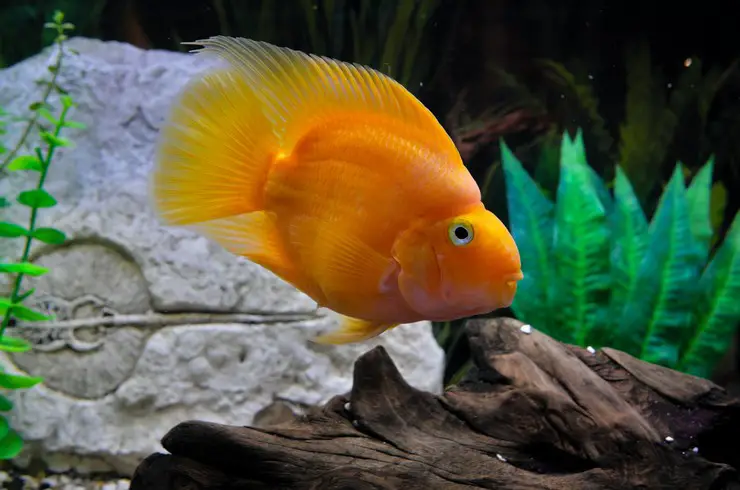
The red parrot is a hybrid fish obtained by crossing several species of cichlases. It is quite large, moderately aggressive. Its historical roots go back to the wilds of South America, which means that water suitable for cancer is also suitable for a parrot.
Astronotus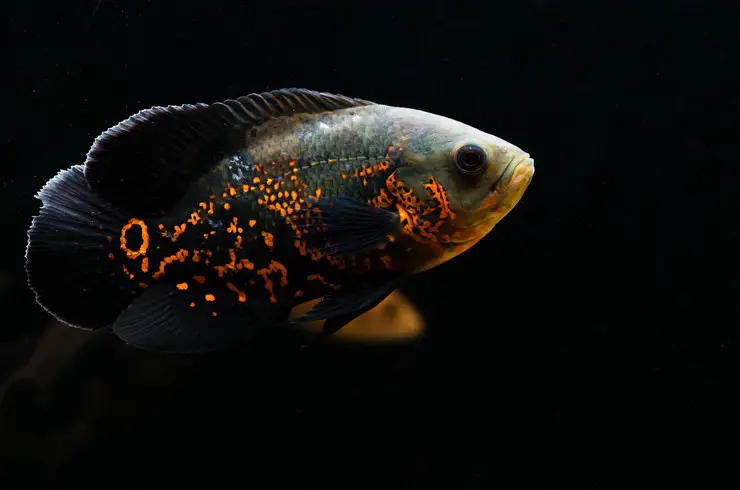
The handsome spotted man from the tropics of the Amazon is great for sharing with akars. True, only if you can afford an aquarium from 1000 liters. In smaller volumes, the fish will be cramped, and fights are not excluded. Otherwise, there are no restrictions: the maintenance and feeding of these species do not differ significantly.
Synodontis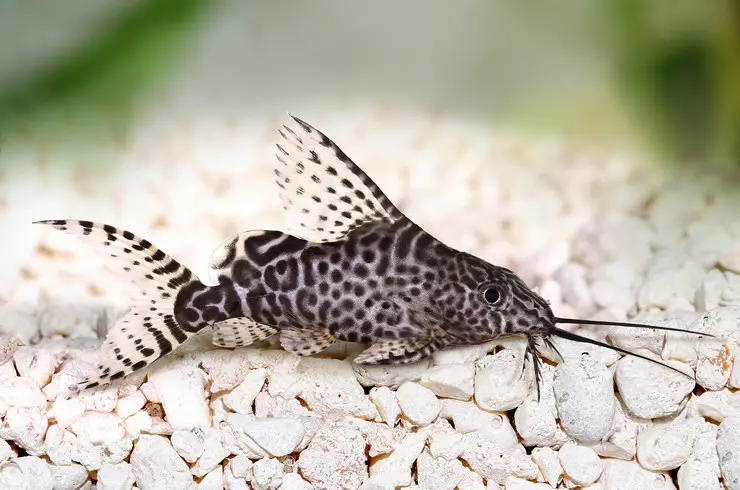
The large African shape-shifting catfish perfectly diversify the common aquarium with acars, which are unlikely to pay attention to such a mustached neighbor. And you can endlessly watch the unusual manner of swimming off the synodontis – upside down.
Pterygoplicht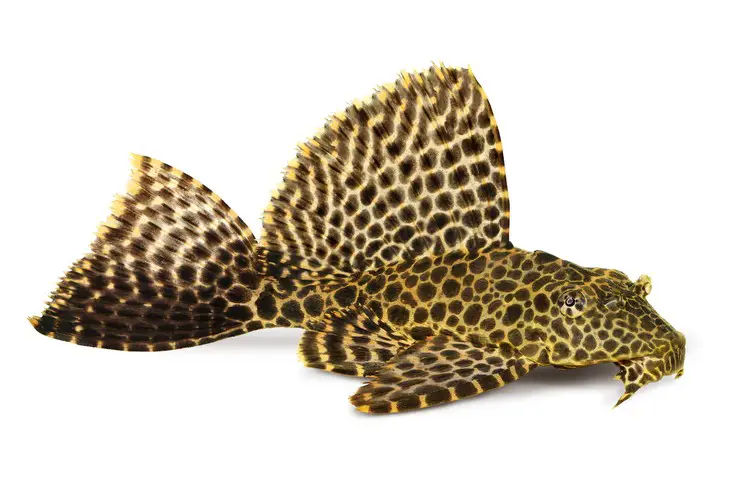
The pterygoplicht is a large chain-mail catfish and can also be planted in a shared aquarium with acars. He himself will not offend predatory fish, but will calmly eat algae on the glass of the aquarium or eat large sinking tablets. Aggression from the side of cancer will end very quickly, as soon as they understand that it will not be possible to break through the dense shell of the sticky catfish.
Relatively compatible species
African cichlids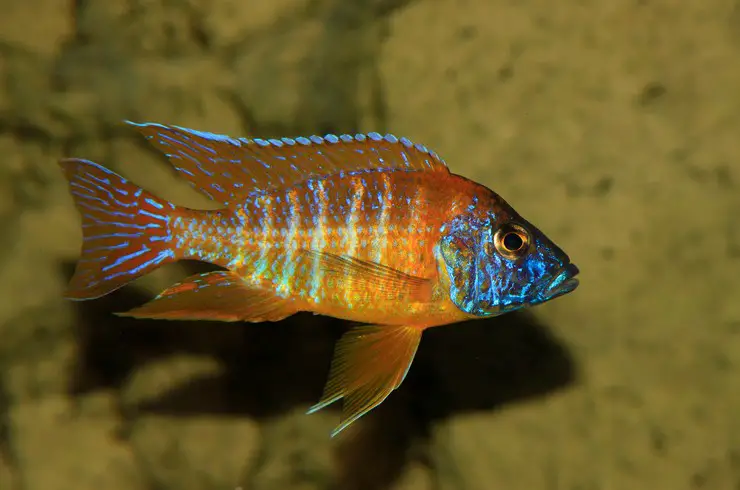
Cancer compatibility with African cichlids is rather controversial for several reasons. The first is the difference in the comfort parameters of the water. Akars are inhabitants of the Amazon, where the water is soft and acidic, while African cichlids live in lakes with high mineralization (high hardness) and alkaline water. The second reason is the maximum body size. Only a small proportion of Africans (eg frontosa) can compete with cancer in size. The size of the rest of the species usually does not exceed 15 cm, which may not be in their favor when cohabitating with akars. On the other hand, African adults are quite capable of fighting back their neighbors. Therefore, very often these fish can be found together in the same aquarium.
Incompatible species
Guppy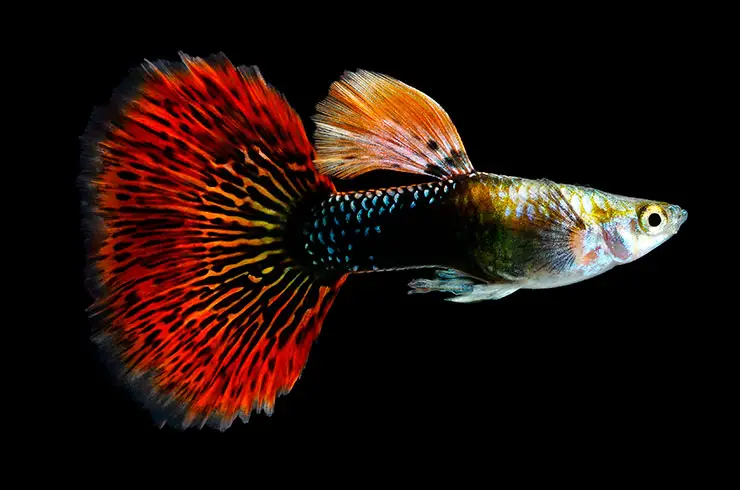
Recognized merits in the fight against malaria in tropical areas and the loud title of “fish of the millennium”, unfortunately, will not save guppies from cancer, because they often hunt fish of this size in their natural habitat. The species are completely incompatible, their life together will be short-lived and will end with the guaranteed disappearance of all guppies, so you should not settle them together.
Neons
If you decide to plant neons in an aquarium to the acars, you will very soon witness a “bug hunt” for small characin. Akara’s are not averse to eating small fish, especially attractive ones such as neons. The glitter of the stripes on the side of the neons further fuels the hunting instincts of cancer.
Barbs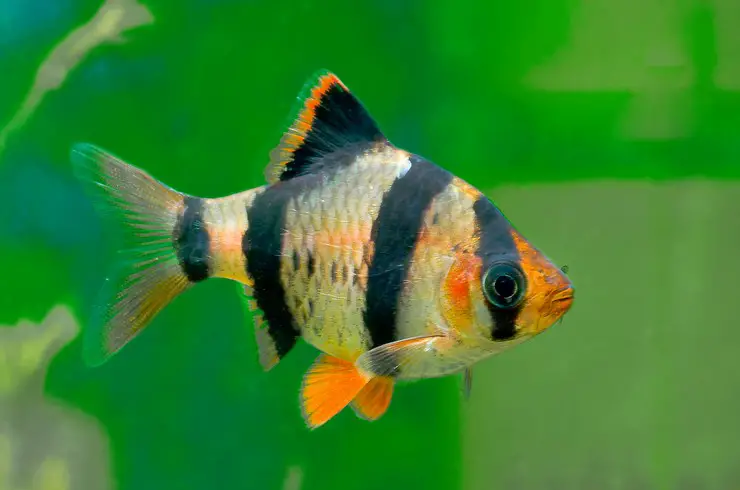
Despite their mobility, popular aquarium barbs will not be able to get along with magnificent aquariums. The difference in size is too great. Cancer’s interest in barbs will be exclusively gastronomic.
Scalars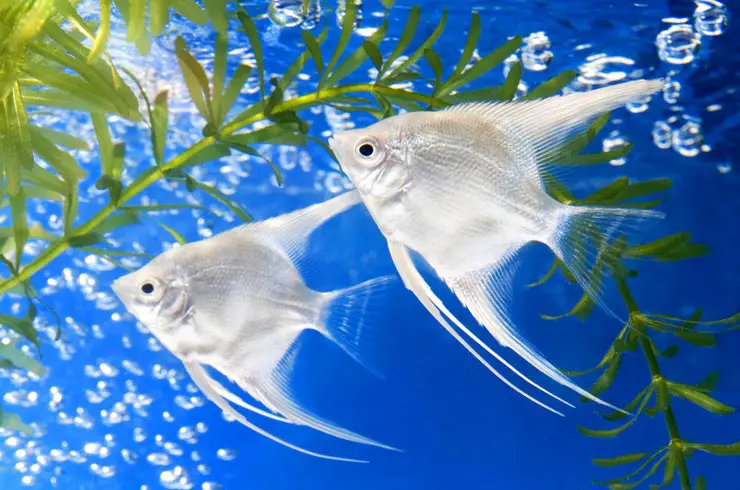
Despite the decent size of adult scalars and the common region of origin with acars, it is better not to combine the fish, because they are indifferent “weight categories”. And the character of the scalar is softer, so the akara can destroy the angelfish without any problems.
Goldfish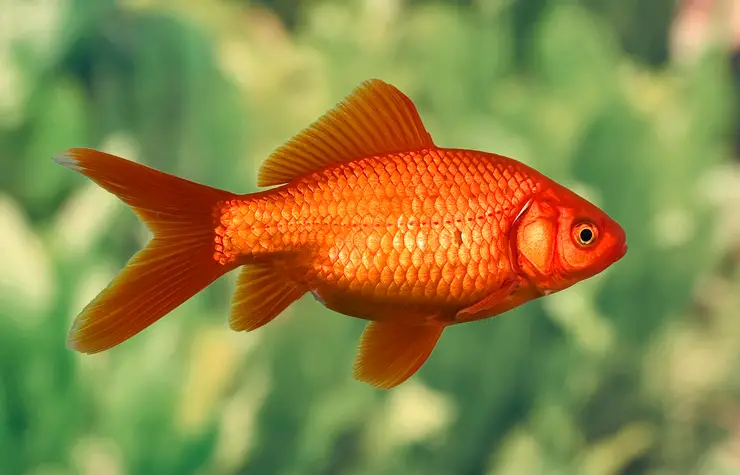
Large goldfish, even though some breeds are similar in size to akars, are likely to be the target of attacks from them. It all starts with nibbling the fins and ends with strong blows to the sides. Thus, it is best to keep goldfish away from predators, especially if you are a fan of unusual short-bodied breeds.
Corridors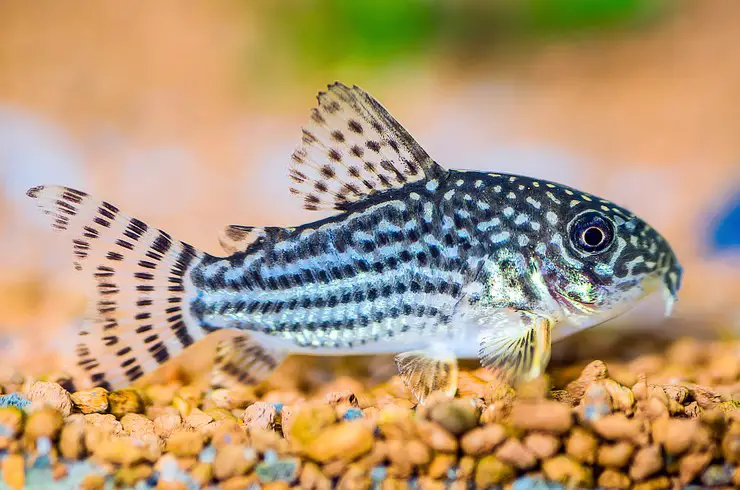
Although the corridors live near the bottom and, it would seem, occupy a completely different ecological niche, akars can get to these peace-loving catfish, it is better to plant them together.
Ampularia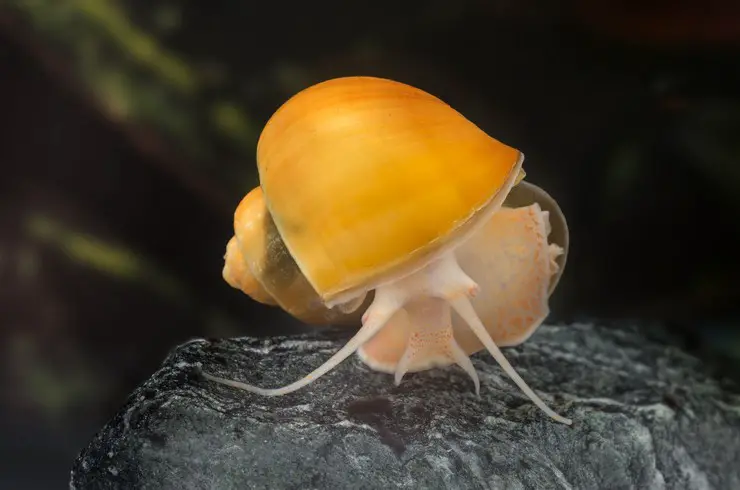
Common snail ampulla, unfortunately, will not stay long in an aquarium with cichlids. Large cancer will not mind eating these delicate gastropods. Of course, snails will be able to hide in their shells for a while by tightly closing the lid. However, the time will come to rise to the surface to take a breath of air, where voracious predators will already be waiting for them.
What you should pay attention to
Aquarium volume
Keeping large cichlids, such as the akara, with commensurate neighbors, will require a fairly large aquarium – at least 100 liters per individual. The cramped conditions provoke fish into fights and struggle for territory. In this case, it is useful to highlight several zones using decorations.
Shelters
Since large akars (like their possible neighbors) can be extremely aggressive, shelters are needed where weaker individuals can hide.
Feeding
Be sure to feed your cancer with quality, high-protein dry food such as TetraCichlidSticks. Well-fed cichlids behave less aggressively, which will help avoid unnecessary clashes with neighbors.
Spawning
Cancer is characterized by a pronounced concern for the offspring. Therefore, if a couple of fish start spawning in a common aquarium, then the neighbors will have a very hard time. Females at this time especially zealously protect the territory from the invasion of strangers who approach the clutch. If you notice that a couple of cancers are planning to spawn, then it is better to plant them in a separate aquarium – a spawning grounds.

